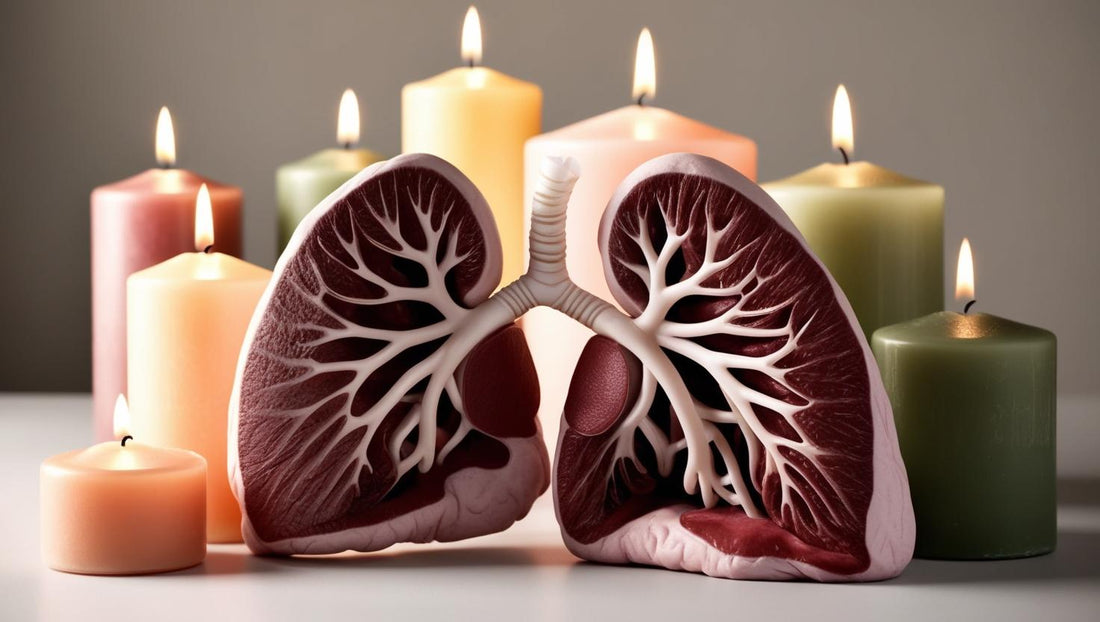
Are candles safe for humans?
Share
Candles add warmth and relaxation to any space, but are they safe for your health? Some candles release pollutants, while others burn cleaner. Let’s break down the facts.
Do candles release toxins?
The safety of candles depends on their ingredients. Paraffin wax, a petroleum byproduct, can emit volatile organic compounds (VOCs) like benzene and toluene, which may contribute to indoor air pollution. However, natural alternatives like soy, beeswax, and coconut wax burn cleaner and produce less soot.
Can candles affect indoor air quality?
Certain candles emit soot and microscopic particles that may cause respiratory irritation. To minimize risks, choose:
Natural wax candles (soy, beeswax, or coconut)
Lead-free cotton or wood wicks
High-quality fragrance oils free from harmful additives
Are fragrance oils in candles safe?
Fragrance oils are specially formulated for candles and can be safe when they are phthalate-free and made without harmful chemicals. Look for candles that use:
Non-toxic, high-quality fragrance oils
Formulas tested for safety and clean-burning properties
How to burn candles safely
To enjoy candles without health risks:
- Keep rooms well-ventilated
- Trim wicks to ¼ inch to reduce soot
- Avoid burning candles for more than 3-4 hours at a time
To conclude, candles are safe when made with high-quality ingredients and burned properly. Choosing natural waxes, lead-free wicks, and clean fragrance oils can help create a cozy atmosphere without compromising air quality.